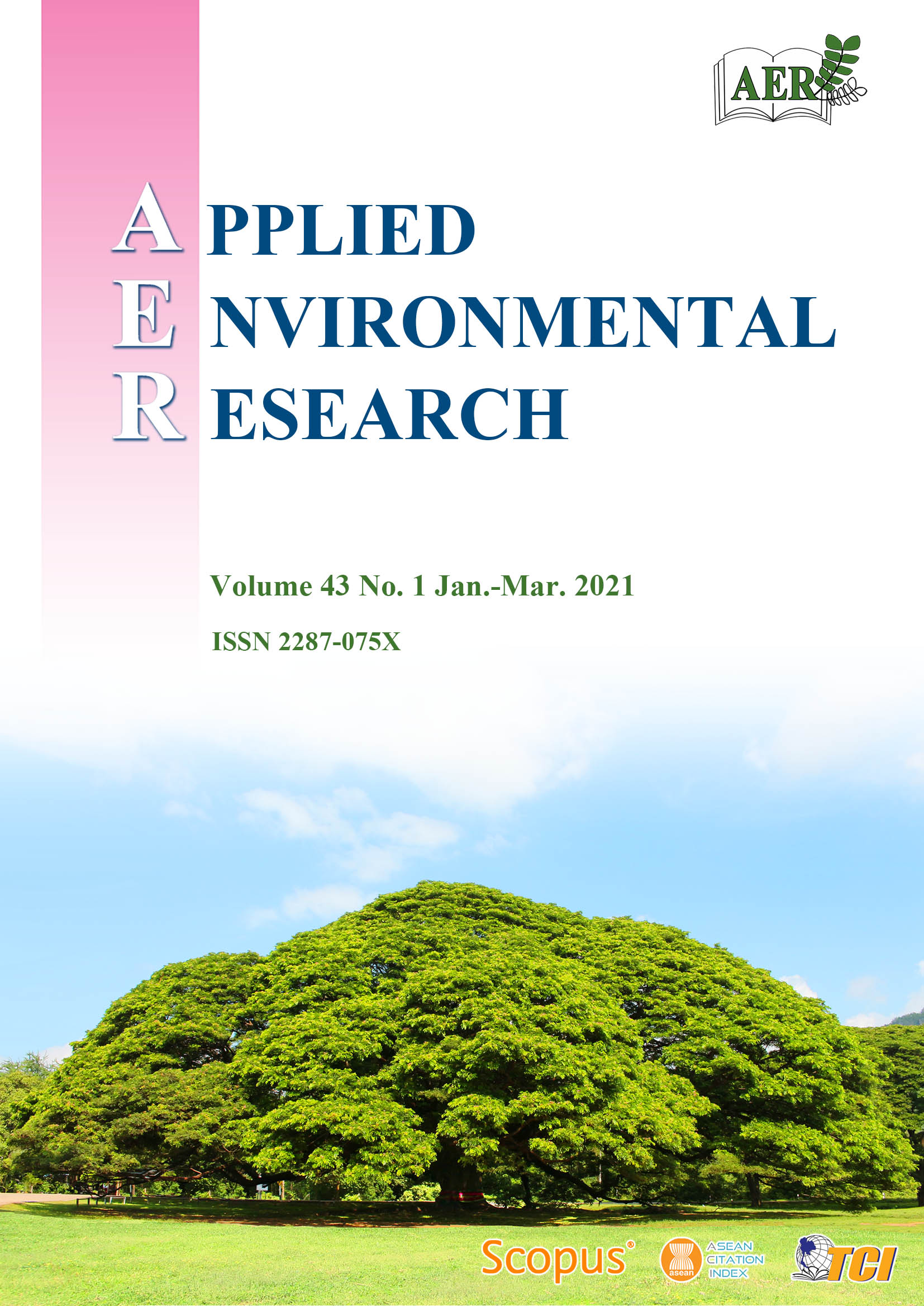Landslide Identification and Zonation Using the Index of Entropy Technique at Ossey Watershed Area in Bhutan
Main Article Content
Abstract
The landslide is one of the natural disasters which claim human lives and incur huge economic losses, especially in the mountainous area. The main aim of this study is to develop different zones of landslide-prone area using the index of entropy (IOE) at the Ossey watershed area in Bhutan. During the landslide inventory, 164 landslides were identified of which 115 locations were used for the training dataset while the remaining 49 locations were used for the validation dataset. A total of ten causal factors were used for this study including elevation, slope, aspect, slope curvature, stream power index, normalized difference vegetation index (NDVI), distance from the road, distance from the river, lithology, and rainfall. The IOE was used to obtain the relationship between the landslide events and the causal factors. The most influential causal factors were NDVI, slope, and rainfall with the weightage of 0.377, 0.347, and 0.175 respectively as per the IOE. The final landslide susceptibility map was classified into five classes using the geometrical interval classification. The validation was done using the receiver operating characteristic (ROC) curves and the kappa index. The area under the curve (AUC) for the success rate and prediction rate was 0.7821 and 0.8377, respectively. The kappa index using the training dataset and validation dataset were 0.4111 and 0.4898, respectively. The final landslide susceptibility map is accurate enough for the future references by the decision-makers and the engineers.
Article Details

This work is licensed under a Creative Commons Attribution-NonCommercial 4.0 International License.
Published articles are under the copyright of the Applied Environmental Research effective when the article is accepted for publication thus granting Applied Environmental Research all rights for the work so that both parties may be protected from the consequences of unauthorized use. Partially or totally publication of an article elsewhere is possible only after the consent from the editors.

